
In the mid-1980s, Horne was at the peak of his powers. At the helm of Truesports, the CART team were race winners and eventually went on to win back-to-back championships with Bobby Rahal in 1986 and ‘87.
Truesports had become a CART heavyweight and in 1985, Ferrari came knocking on the door of team owner Jim Trueman, flagging its desire to make an Indianapolis 500 return.
The Scuderia only raced at the yard of bricks once in 1952, and kingpin Enzo Ferrari wanted to make a return.
Ferrari had conquered Formula 1 and its most famous races like Monaco. They’d dominated endurance racing too, winning the 24 Hours of Le Mans. Indianapolis remained elusive.
Ferrari then had a relationship with tyre supplier Goodyear through Formula 1. Goodyear, by way of Leo Mell, recommended Truesports to head up the Ferrari project.
“I remember getting to the airport in Milan, and this guy had the sign up – Mr. Trueman – and we jumped in this Ferrari and did about a thousand miles an hour down the freeway to Maranello,” Horne recounted.
“We got there at 10 or 11 in the morning and we went through the gates, and it was all this flash, flash, flash, flash, flash, flash. What the hell is all that? And all these photographers hidden around were taking pictures. Who’s coming to Ferrari?
“But yes, I met Enzo. It was like meeting the Pope, you know? And they wanted to proceed with a project. They wanted Truesports to be the team that helped them and become the factory team to run this car in Indy.
“He (Enzo Ferrari) was passionate about the Indy 500 because Ferrari had run there in the early 50s and unsuccessfully, so he wanted to win that again.
“We sent a car to Maranello. We sent four or five mechanics that spent probably four months there just working on the project. We sent a couple of Cosworth engines, they dyno’d them, they looked at them. And produced a design by Gustav Brunner.”
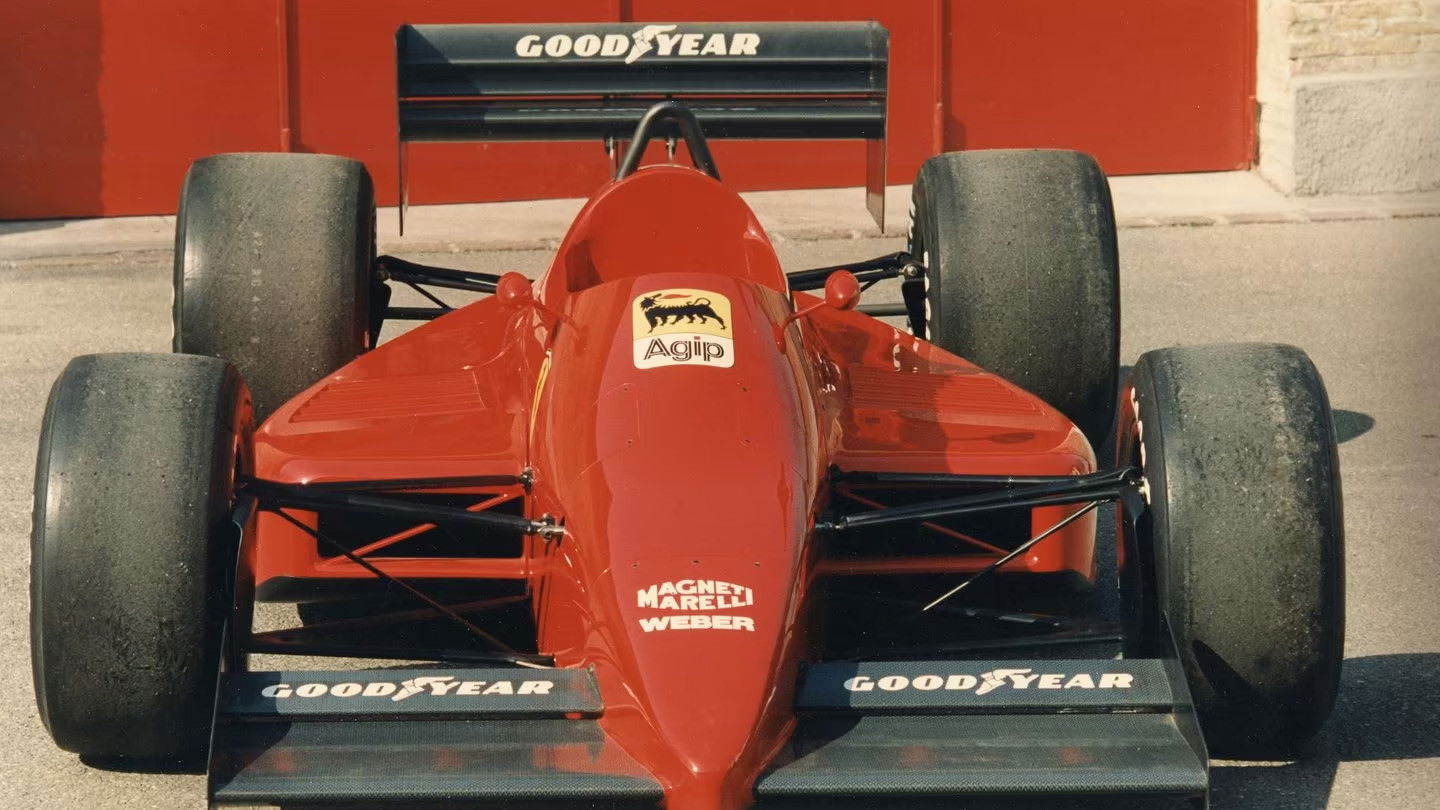
The Ferrari project came at a tumultuous time for F1 as it moved away from the popular turbocharged V6 and naturally-aspirated V12 engines to an all-in naturally-aspirated 3.5-litre eight-cylinder formula for 1989.
“Ferrari was struggling in F1 at the time. There was a lot of politics going on,” Horne recalled.
The engine mandate frustrated Enzo Ferrari. He declared Ferrari would leave F1 if the FIA didn’t backflip on its decision.
“The news concerning the possibility of Ferrari abandoning Formula 1 to race in the United States has a basis in fact,” Ferrari trumpeted at the time.
“For some time at Ferrari there has been study of a program of participation at Indianapolis and in the CART championship.
“In the event that in Formula 1 the sporting and technical rules of the Concorde Agreement are not sufficiently guaranteed for three years the Ferrari team (in agreement with its suppliers and in support of its presence in the US) will put this program into effect.”
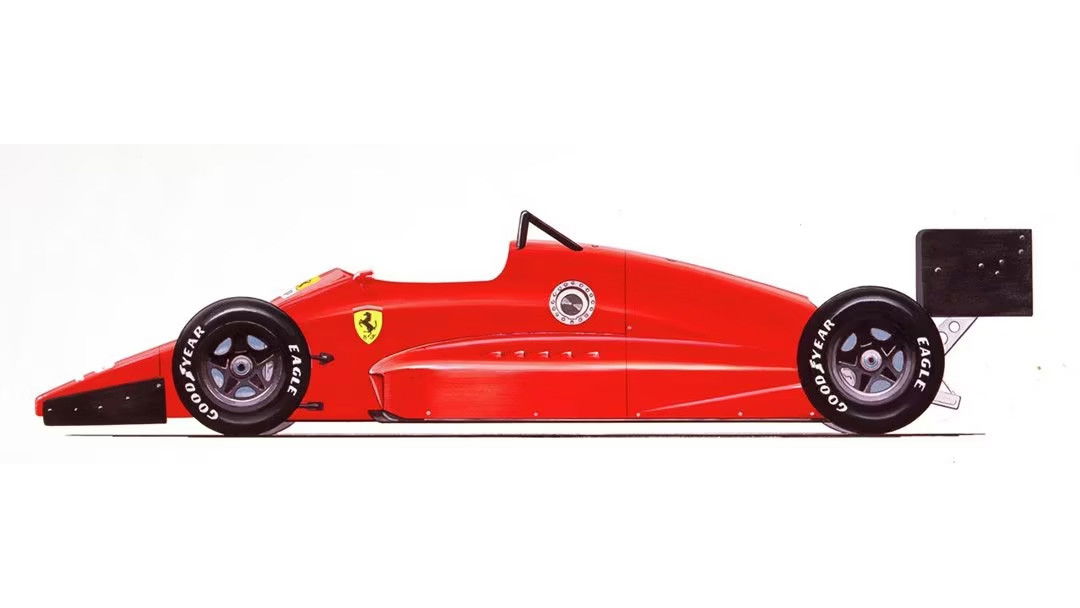
Some believed the CART project was merely a bargaining tool to make the FIA reconsider its position on the eight-cylinder formula.
A Truesport-run March 85C was sent to Maranello where Ferrari engineers tested and tore it apart before making its own car, the Ferrari 637.
The turbocharged V8-powered Ferrari tested in 1986 with Bobby Rahal and Michele Alboreto at Fiorano.
Seemingly spooked by the reality that Ferrari was serious about CART, the FIA reversed its engine regulation.
Ultimately, the CART project was scratched before it could make it to Indianapolis – but not entirely because of the FIA and its decision, according to Horne.
“There were rule changes around the engines. I think that played somewhat into the final decision,” he explained.
“Harvey Postlethwaite was the F1 designer, nice guy, did a reasonable job. But they hired John Barnard from McLaren. So John went to Ferrari, and I think he made the right decision.
“He said, ‘If we’re going to win F1, we need to put this IndyCar project to one side. We can’t do both at once’. And he was correct. So the Ferrari project got put on ice.
“They paid us out of the contract. The car was built, I think it might be in the museum at Indy, actually.
“I’ve seen it. It ran on the track. Michele Albreto drove it twice. But that was the end of that project.”
For Horne, the Ferrari project was something of a “full-circle” moment having, at the age of seven, watched Ferrari win the New Zealand Grand Prix at Ardmore in 1957 with Reg Parnell.


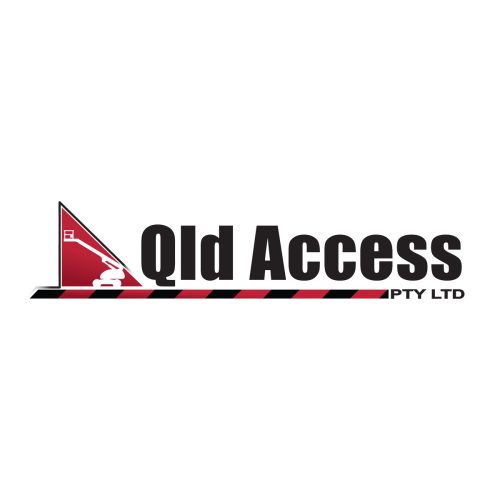
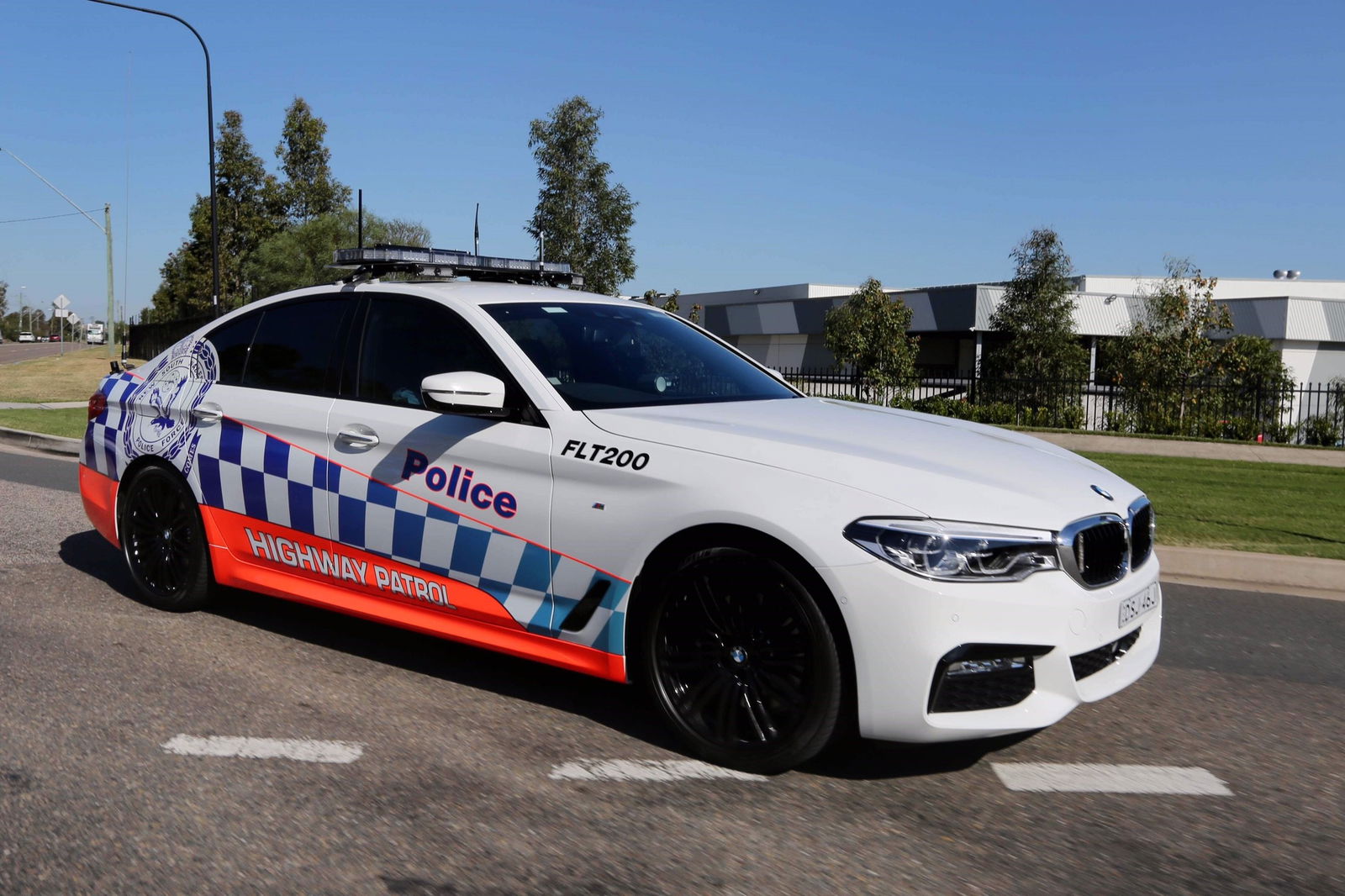













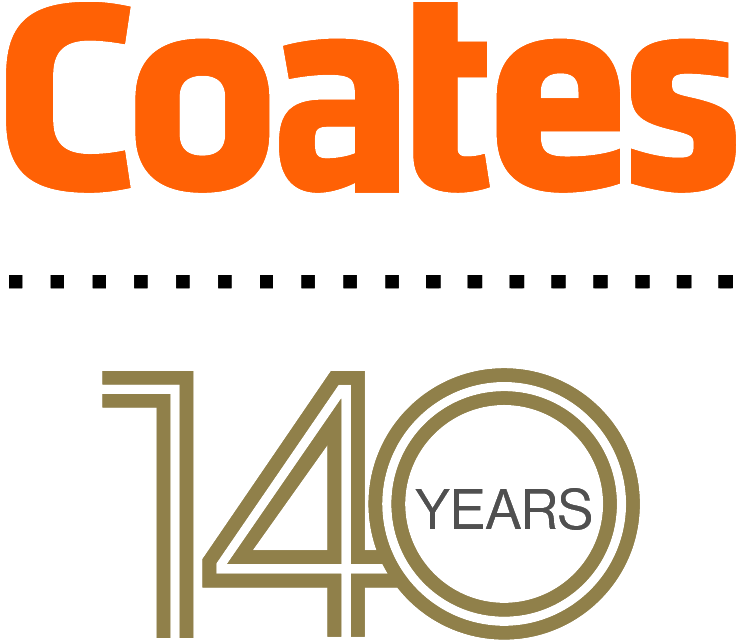



Discussion about this post